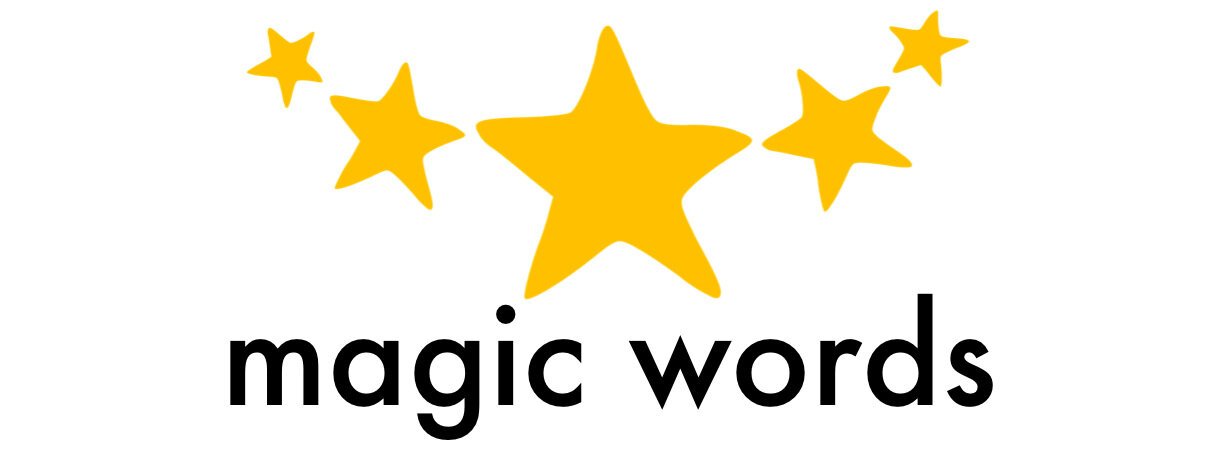By Magic Words Speech and Language Therapist, Gianina Giangrande
The more we focus on creating the right kind of environment for our children with SEMH (Social, Emotional, and Mental Health) needs, with an emphasis on warm relationships and suitable stimulation, the more we will see the secure and happy side of them. With schools closed and routines drastically altered, the PRIDE model (Gershenson, Lyon and Budd, 2010) gives parents ways to think about positive interaction in the home environment.
P: praise appropriate behavior.
Encourage positive behavior being displayed by making specific and anchored statements (e.g. “I love how you helped your brother prepare lunch”).
R: reflect appropriate speech.
Reply to your children’s remarks to show that you are listening and respond using slightly more complex sentences and wording to model it to them. (e.g. Child: I made a dragon. Parent:Wow, you made a really unique and devilish dragon. I like how the eyes show his deviousness).
I: imitate appropriate behavior/ engagement.
Imitate your child’s actions when they demonstrate appropriate engagement to reinforce your togetherness (e.g. If your child starts making up dance moves, join in and do the same).
D: describe appropriate behavior.
Be vocal about what the child is doing well so that they know they are engaging appropriately, and they feel praised (e.g. I like how you’re waiting nicely for your brother to finish).
E: be enthusiastic in tone and body language.
Keep your interactions positive and playful to help your child maintain interest and want to build on the experience (e.g. parent uses a lively tone and frequent smiles while together).
The impact of applying these strategies will be nurturing a child to have greater self-esteem and be more willing to engage in positive interactions. Thus, the child will have greater access to social opportunities in his or her world. A win-win for all!





